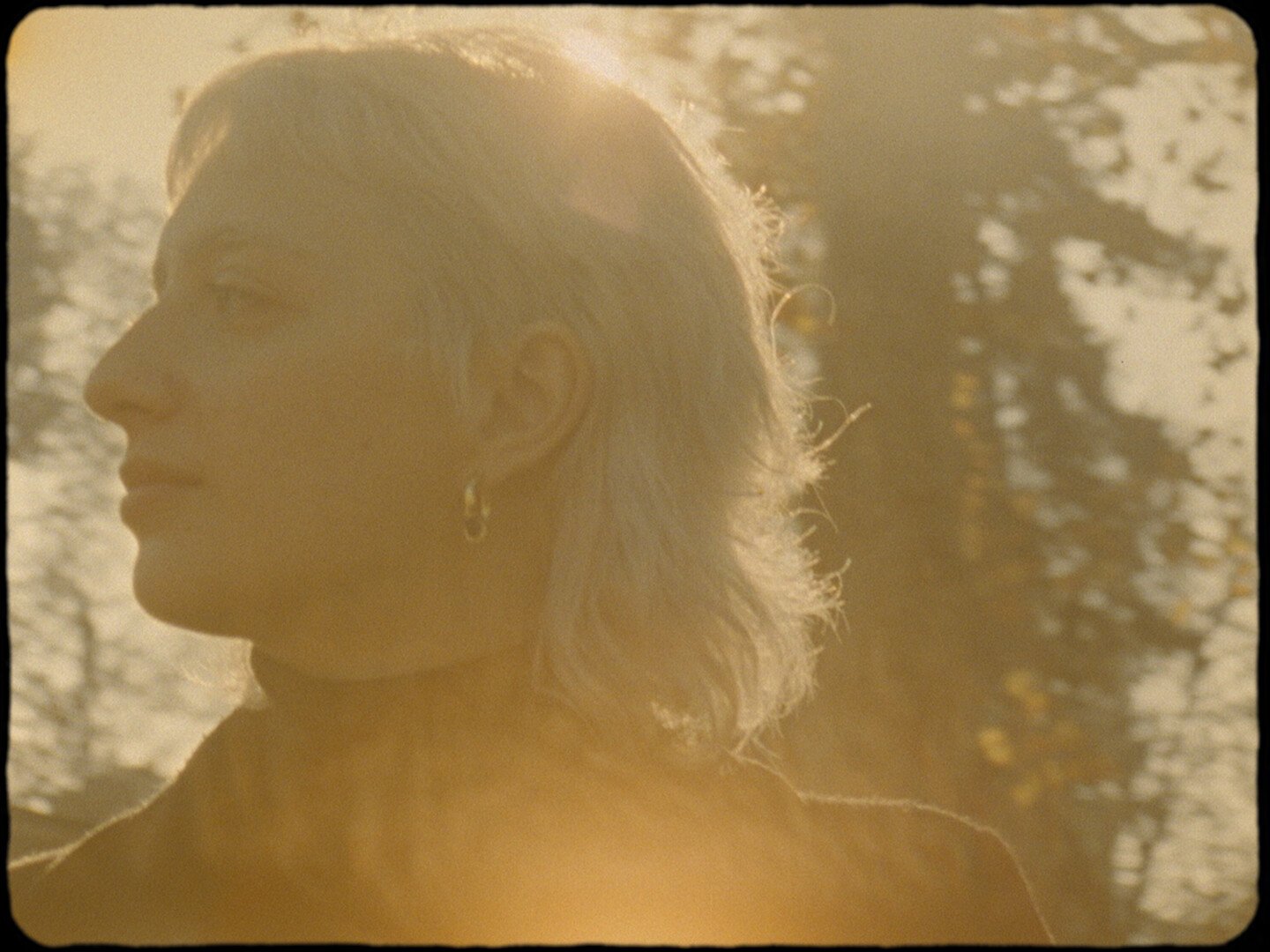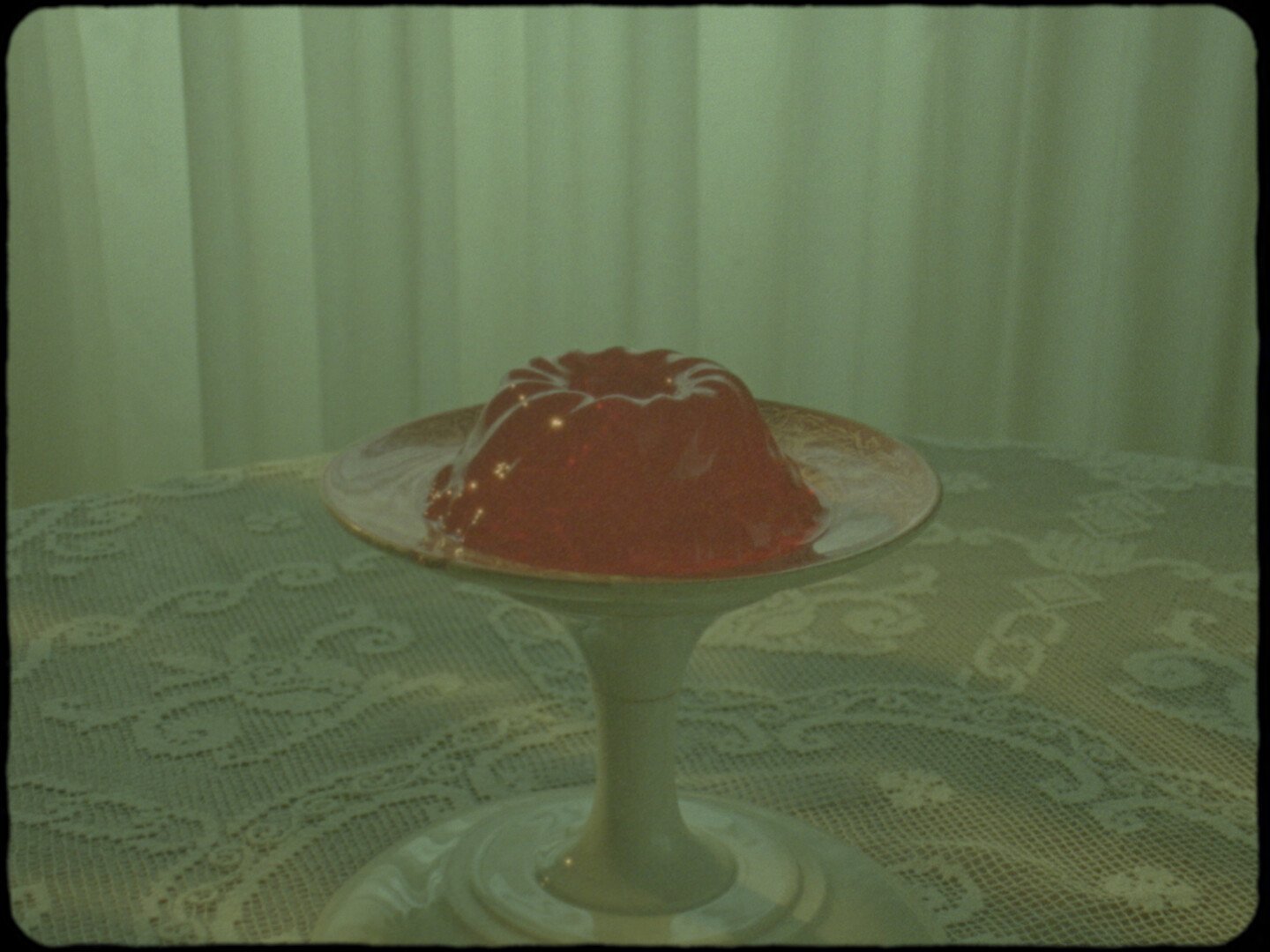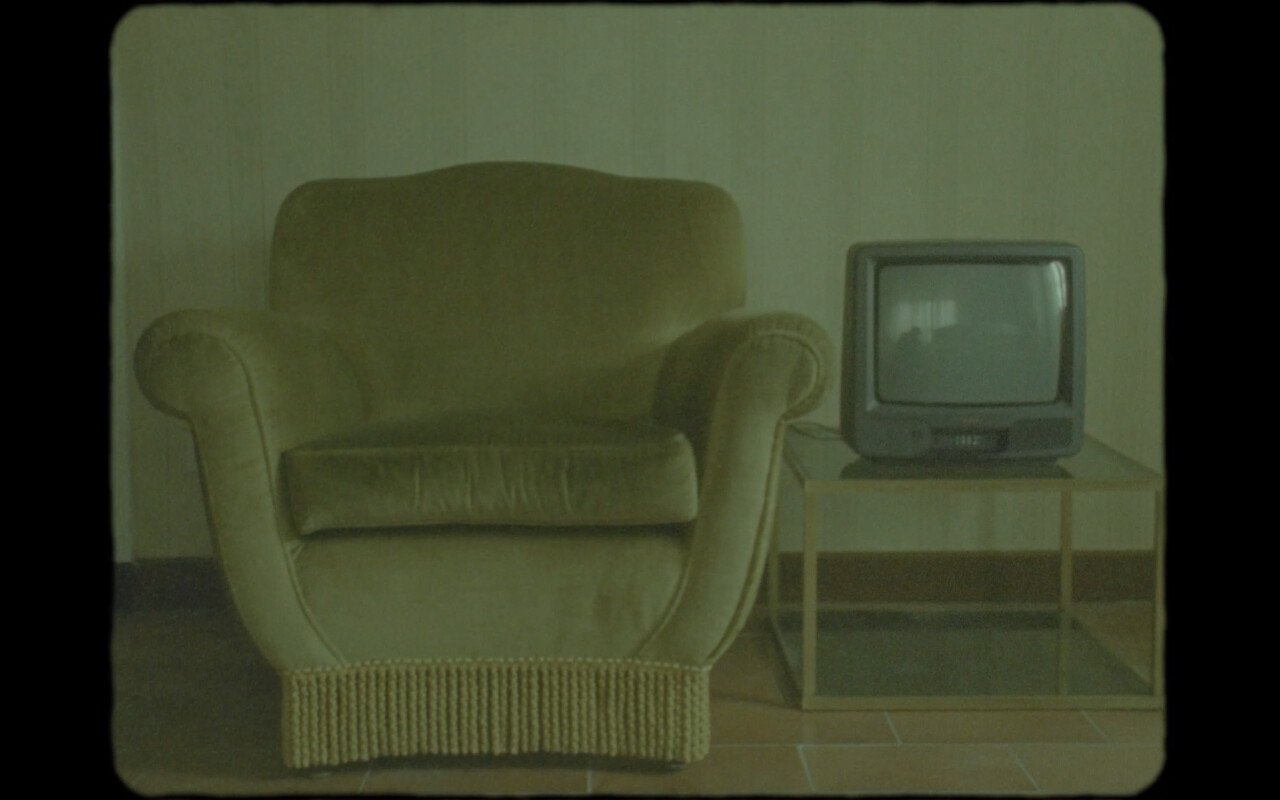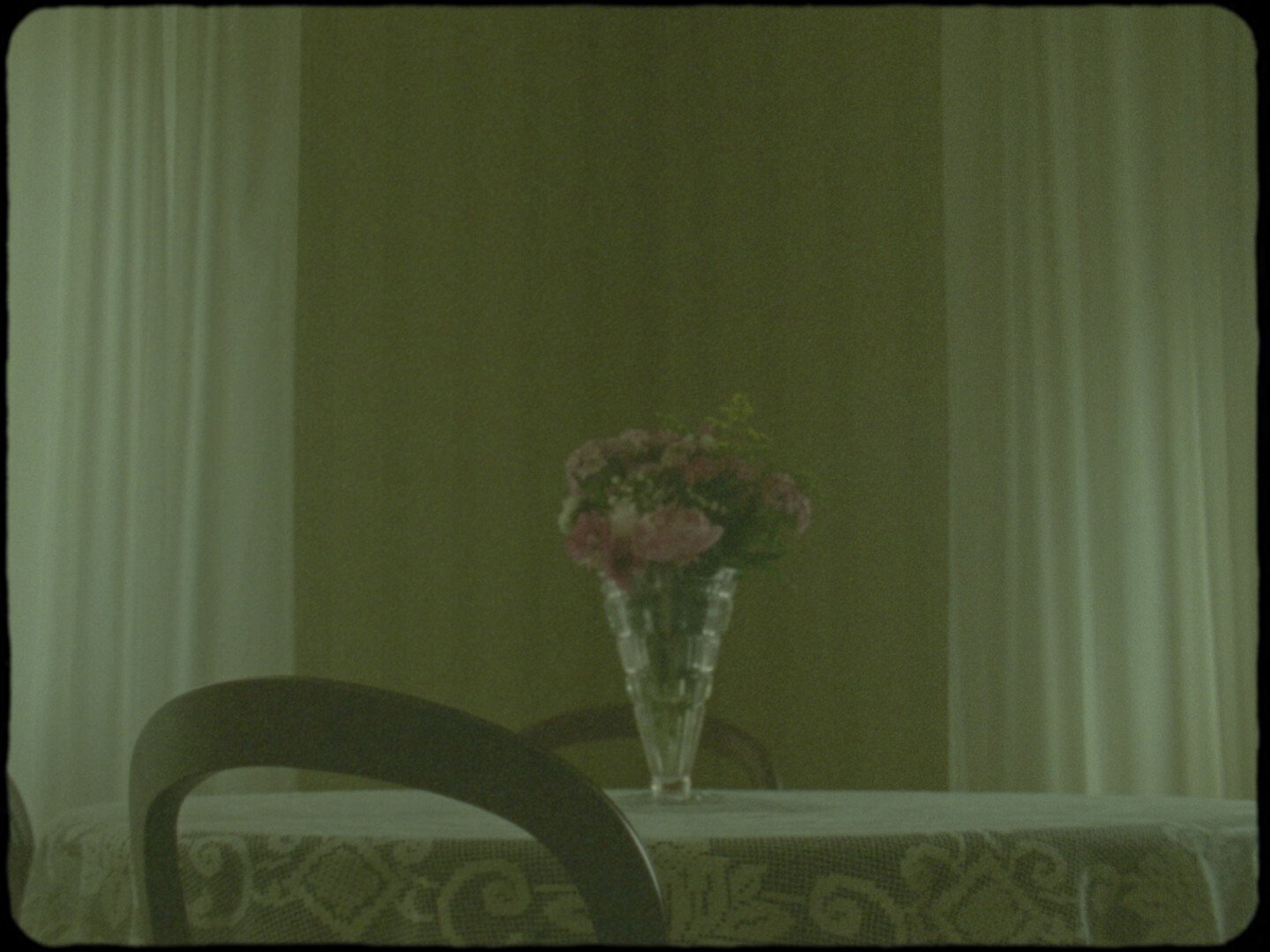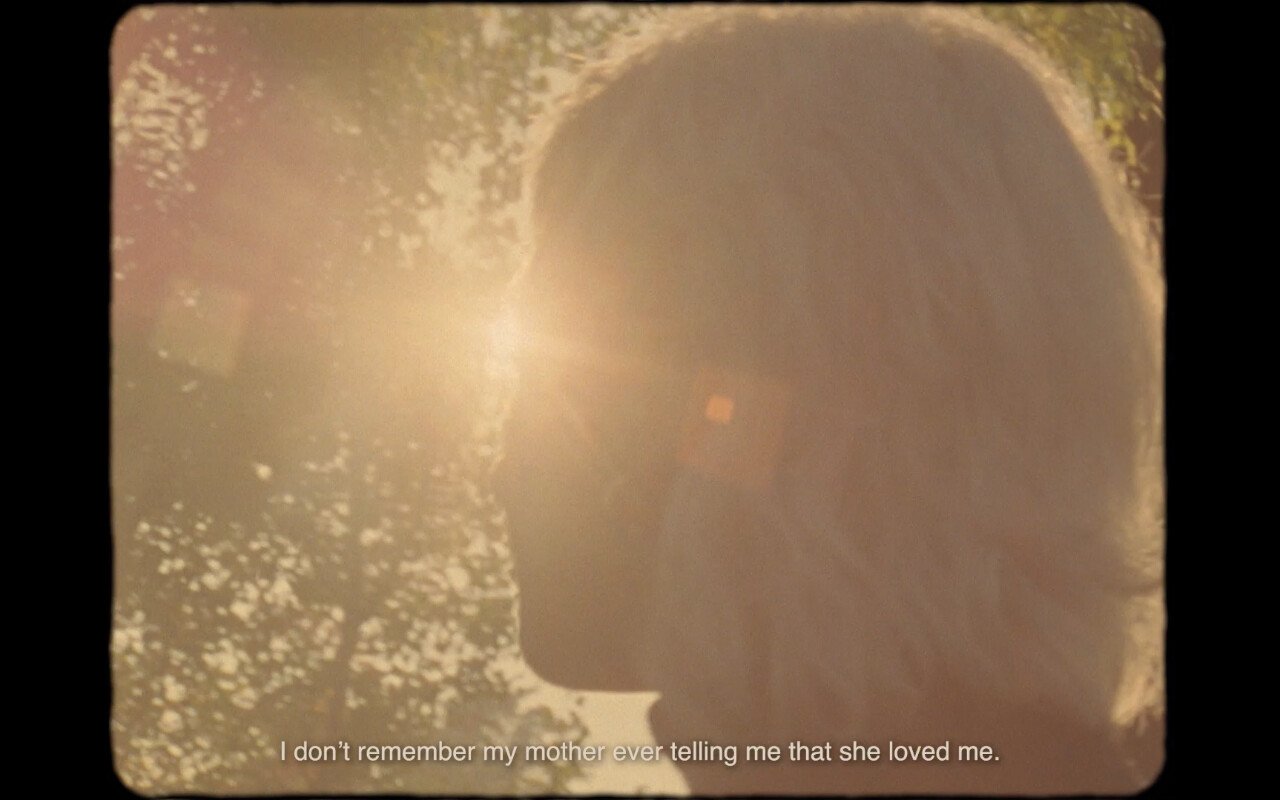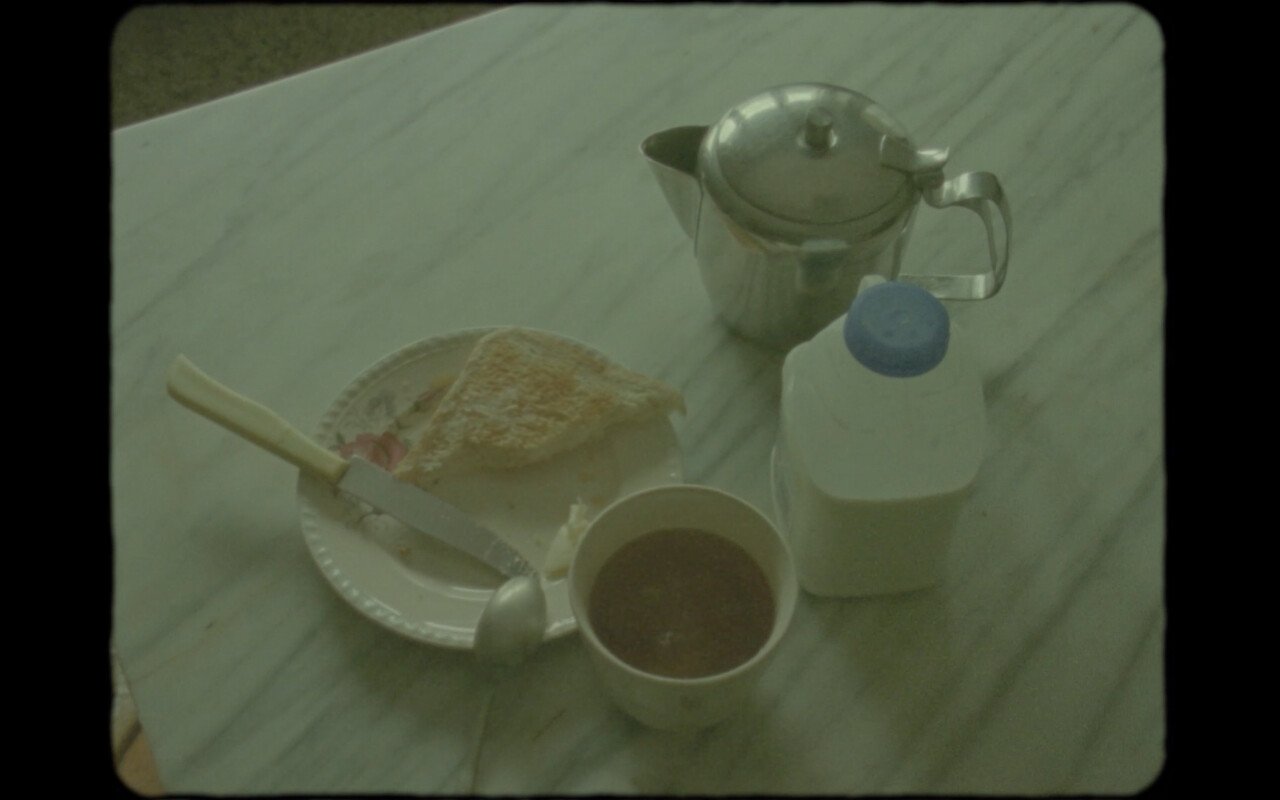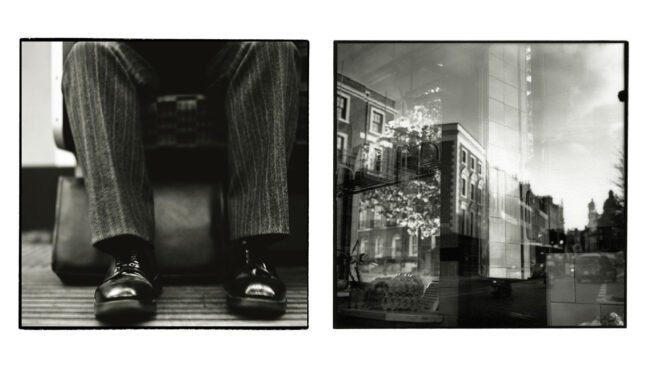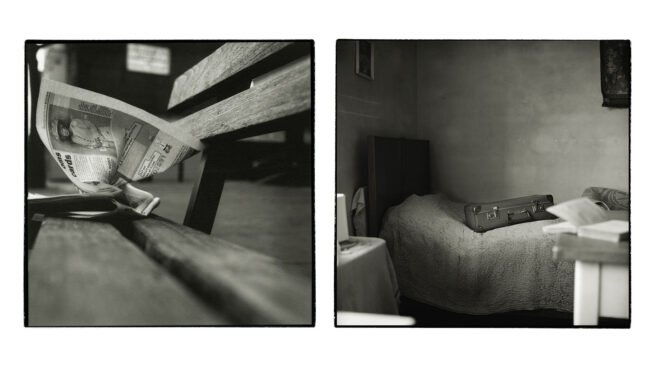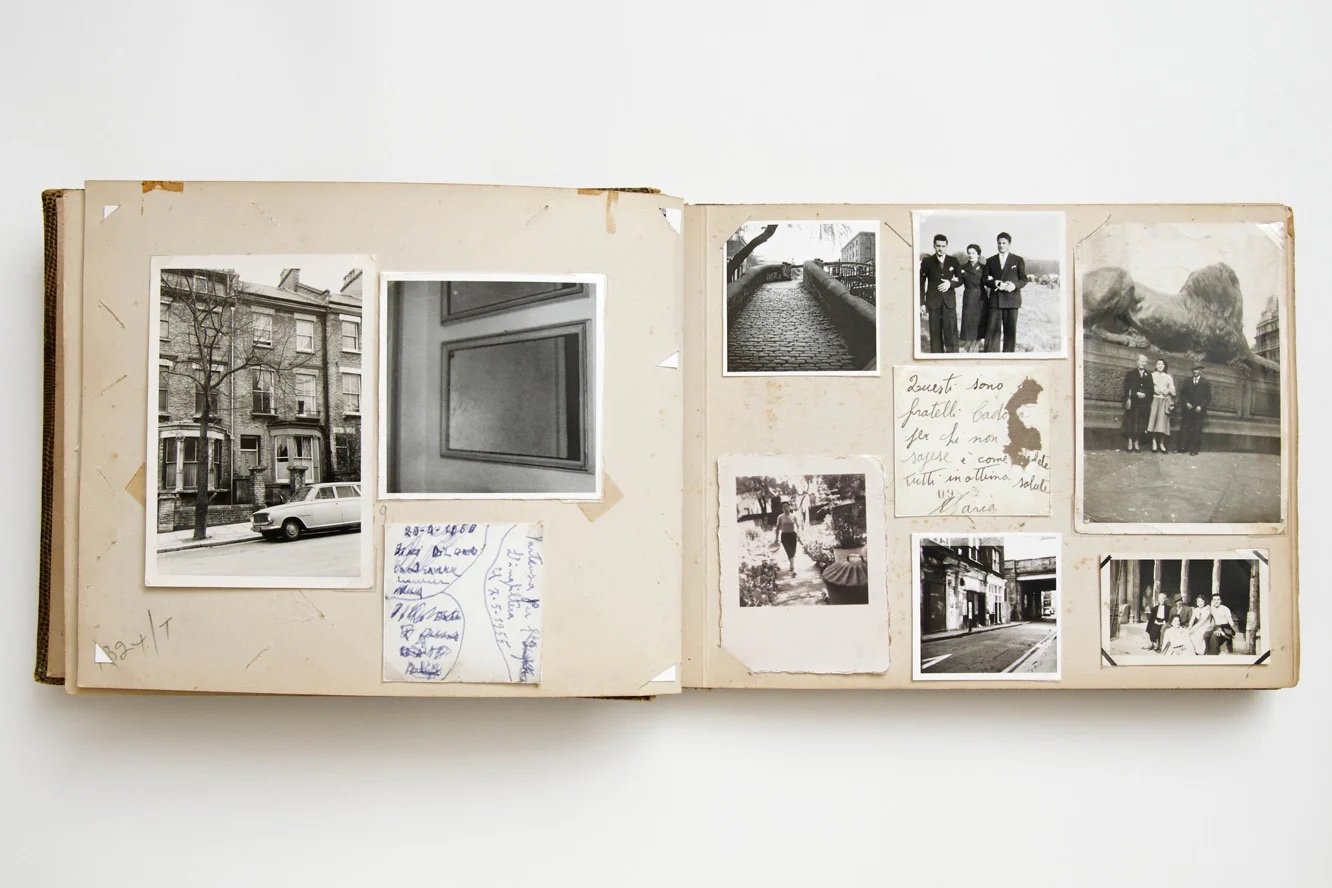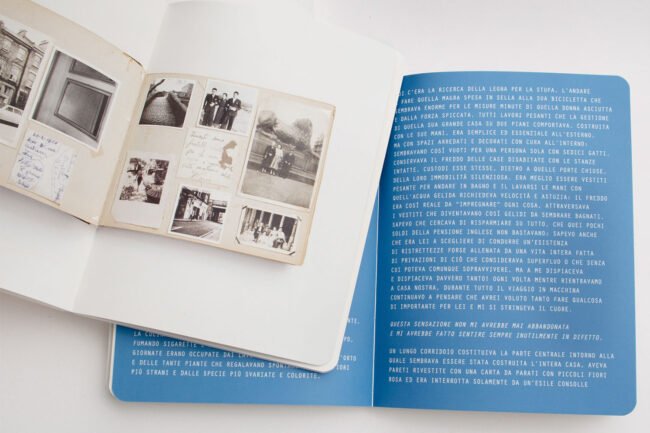My Mum Used to Call Me Sister
Uncovering an intimate family narrative
Directed by Sonia Marin
Sonia Marin is an internationally acclaimed Milan-based photographer and author. Currently serving as a resident lecturer at the IED, European Institute of Design, Marin's career has seen her collaborate with renowned fashion, accessories, and interior brands, with her work featured in international and national publications such as C41 Magazine and Icon. In this intimate interview, we delve into the inspiration behind her book Twenty Weights, Please, composed of a selection of photos documenting two decades of her family's journey in the 50s to London and back. Specifically, we’ll discuss the shift from photography to the moving image through the creation of the short film My Mum Used to Call Me Sister, uncovering the emotional nuances and artistic decisions that shape this intimate family narrative.
Your photography book Twenty Weights, Please is a profound journey through your family's history. Could you elaborate on what inspired you to document the lives of your grandmother and mother over the past two decades?
I've always wanted to portray their story and celebrate their journey in 1950s London, resuming and recollecting the traces of their lives in that big city. Their strength, their ability to survive and to make do, in a big struggle but with great dignity, always inspired my desire to “be”.
Since I was young, I started to collect every little thing, a small object or trace of my grandma’s English time. I remember when she was still alive at her place – between a cigarette and a cup of tea – how her tales from that past captured my imagination. I was fascinated, I felt like I was there myself: on those streets, at the factory they worked in, and under that humid sky, I could almost smell the air. She was capable of taking me away like magic, with her tales from the past, the real life in a foreign city at the service of important ladies as a housekeeper or a dressmaker, balancing with dignity between freedom and survival.
It is like a memory diary: written and lived by them, read and re-written by me through an in and out of time journey which enters my present from the past, leaving me with a taste of melancholy that lives in who I am; it's the keeper of that past that I look at as an inspiration throughout my professional life... an uninterrupted journey through the recounted memories and a life lived with such strength and lucidity. It re-takes shape every time.
Twenty Weights, Please is a striking title for your book. Could you share more about the significance of this phrase and its deep-rooted connection to your family's history, specifically your grandmother's arrival in England?
Since 1995, this title has remained unaltered, echoing the very words my mother would recount to me. As soon as she arrived in England, around 10-11 years old, it was the sentence that her mother asked her to learn by heart. One of the first errands my grandmother, who was a heavy smoker, made her do was to go to the gentleman who worked in a small shop and fetch her a packet of cigarettes—specifically the brand known as Player's Weights, with "twenty" representing a full package. She memorised it and this has also stuck with me. I liked this sentence with the “please” because it truly expressed an experience. Cigarettes became intrinsically linked to my grandmother's image; I can vividly recall her home, particularly the kitchen - the warmest place in the house, the place where she cooked. To conserve heat, she wouldn't make use of the other rooms much. In my mind, she remains a petite, thin, dry woman with beautiful eyes with a cigarette in her hand.
The book and the short film reflect a deeply intimate portrayal of your family. Was there a conscious intention to revisit and immortalise these memories beyond just sharing the story with the audience?
Oh yes, it was so important for me to fix my vision with a different point of view after all those years, trying to make the portrait complete: in short, I can see the whole picture through my mother's eyes. The black & white images I shot in those last 20 years safeguard this archive, but the moving images just reveal the emotional side of that journey: in that empty house, in a suspended time a young lady is trying to find her place in the relationship with her single mother.
“She was capable of taking me away like magic, with her tales from the past, the real life in a foreign city at the service of important ladies as a housekeeper or a dressmaker, balancing with dignity between freedom and survival.”
The transition from photography to the moving image is a significant step. What sparked the idea to create the short film My Mum Used to Call Me Sister and how did it complement your existing photographic narrative?
My Mum Used to Call Me Sister was born from my overpowering need to imagine and to tell. As I said the short film is my way to “ferry” that black & white memories from an intimate diary into this present. I felt that something was missing from the book sight: the house. This place somehow brings all the elements together: is the house a forgotten space? Is anybody still living there? Does it look the same as the time when they moved to England? Is that place my grandmother's house? Or just my idea of their home in London?
I started to imagine the possibility of a different narrative, I needed to bring life to my squared, little pieces of memories adding movement to those images, mixing the stillness of the rooms with the flash of a girl riding a bike...is that the picture of my grandmother back to those days in London or just someone who looks so much like her? I interviewed my mother and I wanted her to remember as many details as possible, and her words took shape in precise and recurring images, simple moments of everyday life that returned like unexpected gifts, giving her a comforting smile. It is that sense of belonging that I wanted to resurface, a link with that precise moment, a homage to a past that reshapes and returns as a moment to contemplate.
The title My Mum Used to Call Me Sister is intriguing. Could you shed some light on the meaning behind this title and its relevance to the relationship between your mother and grandmother? And do you believe this project played a role in bridging any emotional distance or bringing them closer in any way?
Yes, it is relevant to their relationship. Initially, I didn't have a specific title in mind for the project. However, as everything started to take shape, I had a moment where I took the microphone that we used for recording and handed it to my mother. I wanted her to contribute her voice to the project. During the recording, she confirmed something I had suspected all along—that her mother felt ashamed of her. I felt that it weighed heavily on her. From there, I decided to name the film as it is. It’s at the center of everything. Perhaps this project was also a way of drawing them closer to each other.
I have always tried to mediate in such a way so that my family would somehow manage to find a new way, another level of communication that didn't go through affection only; because that door was too complicated for them. It is for this reason that this dedication emerged—a testament to their collective accomplishments, their imparted wisdom, and my profound pride in their resilience. As I showed my mom the project, I think she was moved. She paused for a moment; it certainly didn't close the wounds, but it brought peace. Yet, the feeling of what could have been still lingers. This weighty inheritance passed down from my grandmother to my mother and now to me, serves as a reminder of missed opportunities and of the persistent longing to do something meaningful in life. All narration lies in this - the presence and absence. The house may appear empty, yet there's intangible energy persisting. It's like a room filled with memories, a box within a box, each layer holding its significance.
What drew you to Vittoria Elena, the director of the short film? How did you approach bringing your narrative to life through the moving image?
A few years ago, before the pandemic, I thought it was the right time to give the project shape and eventually find a publisher to present the book among with an exhibition. At the time I was already eager to explore the story through the moving image. I approached Luca Caizzi [Photographer, Creative Director, and Founding Partner of C41] for advice, and everything quickly gained momentum from there. He introduced me to Vittoria Elena Simone, who proved to be truly amazing. I handed her the script, which had all the accompanying images. Vittoria took the script and transformed it into a storyboard, adding references and refining the vision. Then, we started the second phase, which was the location indoors. I envisioned a perfect house and shared these references with Vittoria. Through a real estate agency, we stumbled upon a house that immediately captivated me. We just hoped it wouldn't be sold before we could use it. I explained my project to the homeowners, who graciously allowed us to shoot there for an entire day.
The house was aesthetically aligned with our vision so I started to research and collect all the props we needed. I prepared the jelly, picked the roses from the garden, and selected all the English items my grandmother brought with her every time she returned to Italy: every memory became a prop on our set. It felt like a collective effort with a classical “DIY” approach. Vittoria was passionate about cinema and photography from a very young age, leading her to explore the realm of filmmaking as she grew older. Working with film nowadays feels more like a job, while photography is still a very personal thing for her. That's why she resonates so strongly with me.
What were some artistic choices you made with Vittoria Elenea or challenges you faced in recreating the intimate world captured within the medium of film?
The very big challenge was to be able to shoot all the scenes we needed using very few rolls of film, in one – day time with no budget. I wanted to make the film something aesthetically believable and personal at the same time: considering the nature of this project, rooted in memories, shooting on 16 millimetres was the very first choice. Vittoria had previous experience with this, which added a layer of familiarity. This project is based on the idea of keeping a very natural light, but in reality, it is never like this... We had just one light that we exploited in the best possible way and that managed to complete the poem that we imagined creating in its delicacy.
Shooting on 35 millimetres demands a high level of technical expertise to fully realise the potential of the format. Considering the nature of this project, rooted in memories, 16 millimeters was the perfect choice. The other big challenge was to be able to make this short film look as original as possible; in the sense that every choice and part of it would have been made exclusively for the project: so the music, for example, was recorded specifically for us by a violinist from my hometown, the voice-over is performed by an English lady who happened to be an actress, all the props we use are “Made in England” collected from my grandmother’s home, and also the film was developed in London...every choice has a specific meaning.
“During the recording, she confirmed something I had suspected all along—that her mother felt ashamed of her.”
Could you highlight a few key scenes or defining moments in the short film that hold significant emotional or narrative weight for you?
The opening shot is one of them: it needed to create a sense of suspense, where music would take over. I wanted something that could justify the stillness within the frame, with everything happening within and around it. And the jelly shot is a direct link to my grandmother... Whenever she would visit our house on Sundays, which was a rare occurrence, we would prepare a special dessert: jelly with cream on the side. Another scene I’m particularly fond of is where we see the video on the television - this is real footage shot at home during a real wedding. My grandmother's brother lived in Hitchin, a small village near London; you can see him in the video. The person on the phone with a wreath on their head is my mother's cousin. This particular occasion holds significance because my grandmother chose not to attend the wedding. It highlights the complicated relationships within the family. However, I am grateful to my uncle's family for providing this video, as it is a crucial piece that connects me with my English heritage. Also, the final scene, when the bell rang and the camera stopped filming is a crucial moment in my vision: it is clear that something is happening, but you don't understand who is doing what, at the same time maybe the voice we heard til that moment is not just a voice over...and maybe the story is not ending.
Director & Writer: Sonia Marin
Executive Producer: Luca A. Caizzi
Shot and Edited: Vittoria Elena Simone
Starring: Giulia Giudici
Colorist: Diego La Rosa
Sound Engineer: Lorenzo Danniballe
Voice Over: Lydzia Azario
Music by: G. Tartini, Performed by Chiara Parrini and Francesco Piovan
Film Developed: Cine Lab Film & Digital (London)
Special Thanks to: The Cadona Family
Special Thanks to: Carlotta Cattaneo Carter
Special Thanks to: Ornella Ravetta and Osvaldo Ravetta

